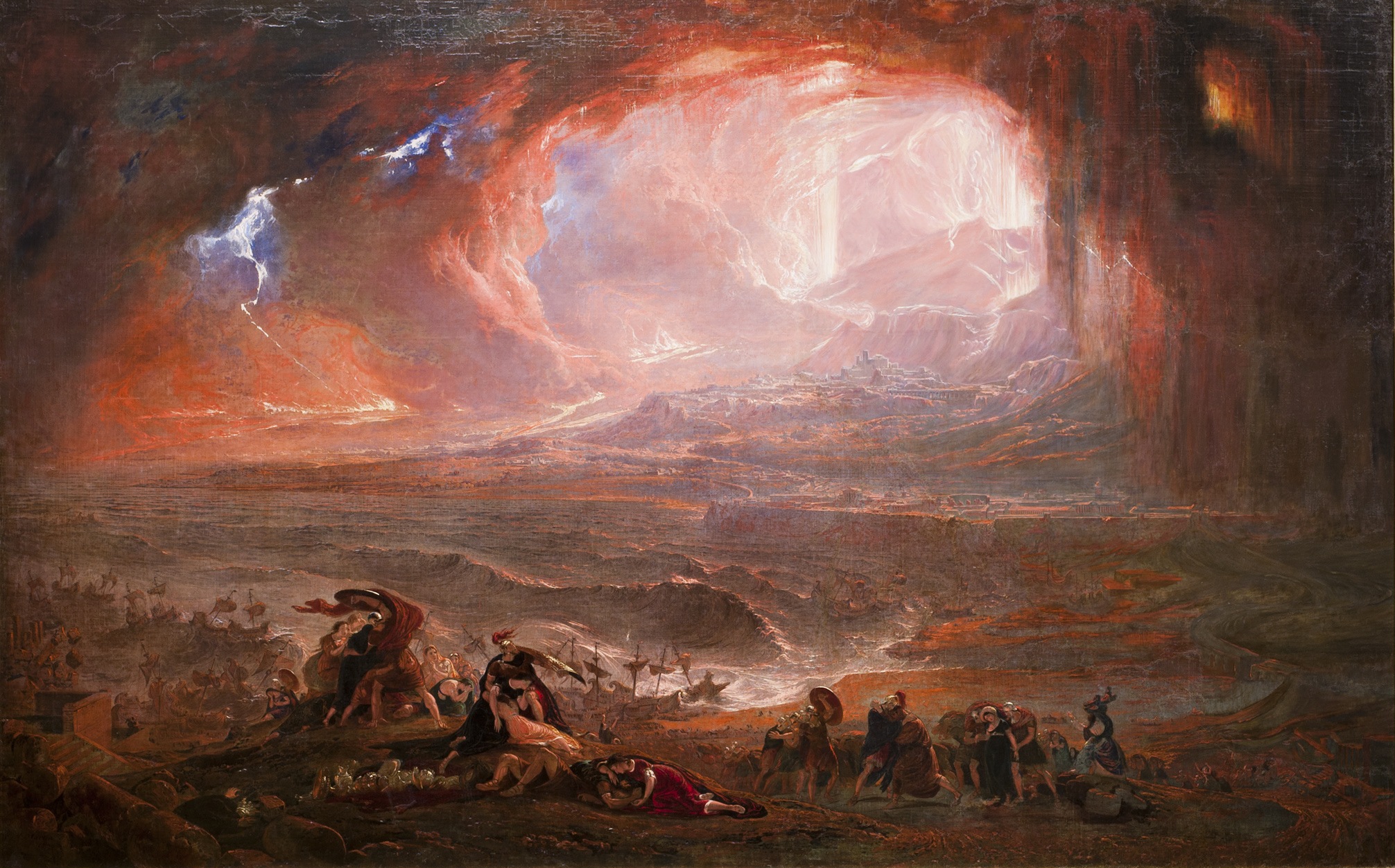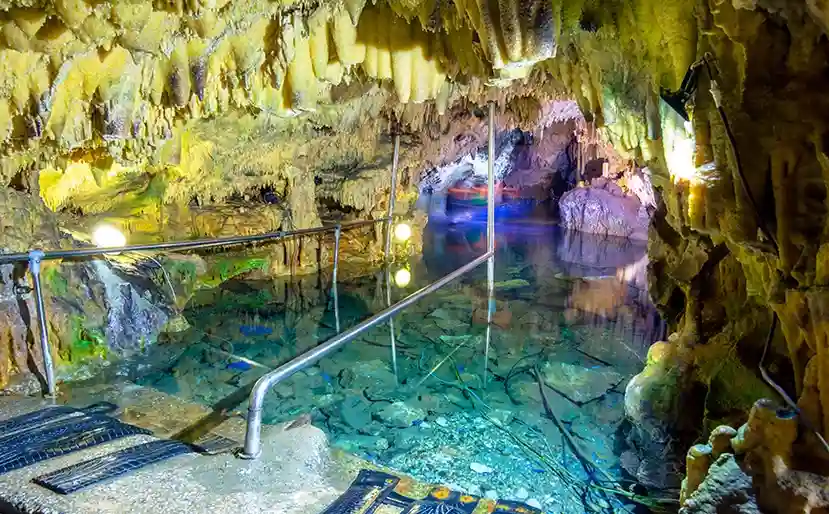
From ancient myths to jaw-dropping natural wonders, Greece miraculous caves hold stories carved in stone and whispered through time. These underground marvels are more than just beautiful — they are deeply woven into the country’s culture, history, and geology. Whether serving as sacred spaces, wartime shelters, or natural cathedrals of silence and beauty, these caves offer a powerful glimpse into a hidden Greece, shaped by millions of years and countless human generations.
Let’s journey deep into the earth to discover the most fascinating Greece miraculous caves, their formation, their legends, and their enduring role in Greek identity.
The Geological Magic of Greek Caves
Greece’s diverse topography and geological composition make it one of the richest countries in Europe for cave systems. Formed primarily in limestone and volcanic rock, many of these caves were sculpted over millions of years by the slow erosion of underground water.
These karstic formations often feature dramatic stalactites, stalagmites, underground lakes, and rivers, with some systems stretching for kilometers beneath the earth’s surface. The varied terrain of the Greek mainland and islands ensures that each region has its own spectacular subterranean secrets.
Caves are not just beautiful natural spaces — they are active ecosystems and archaeological vaults. These elements have drawn not only tourists but also speleologists, historians, and religious pilgrims from across the globe.
Melissani Cave: A Lake of Light and Myth
Perhaps the most famous of all Greece miraculous caves, Melissani Cave on the island of Kefalonia offers a surreal experience of light and water. Discovered in 1951, it features a partially collapsed roof that allows sunlight to flood into the lake below, creating dazzling reflections that change color throughout the day.
According to mythology, the cave was home to the nymph Melissani, who drowned herself for unrequited love. Today, the site attracts thousands of visitors annually, with boat rides that offer a magical glide across the glowing turquoise waters.
National Geographic has highlighted Melissani as one of the most unique underground lakes in the world, blending geology, mythology, and natural beauty into a singular destination.
Diros Caves: The Cathedral Beneath the Peloponnese
Located in the Mani region of southern Peloponnese, the Diros Caves (or Vlychada Caves) extend over 15 kilometers, with about 1,500 meters open to the public via boat tour. The caves were inhabited during the Neolithic period, making them one of the oldest residential cave sites in Europe.
Floating through the cave’s dark, echoing corridors reveals an alien landscape of mineral formations. It’s no wonder this cave was believed to be an entrance to the underworld by ancient Greeks.
Archaeological digs have uncovered tools, bones, and even burial sites here — proof that ancient humans viewed the Diros caves as both a home and a sacred space.
Perama Cave: A Subterranean Wonder in Ioannina
Near the lakeside town of Ioannina in Epirus, the Perama Cave stuns visitors with its spectacular interior. Discovered during World War II, the cave features over 19 types of stalactites and stalagmites, many of which have developed naturally over more than a million years.
The cave system lies beneath Goritsa Hill and includes a network of chambers with unique names like the Hall of the Cross, the Red Room, and the Royal Garden — all sculpted by time and mineral-rich water.
Perama also serves as a hub for speleological research, and has been featured in Smithsonian Institution reports on karst formations in southeastern Europe.
The Cave of Zeus (Dictean Cave): Birthplace of a God
On the island of Crete, mythology and geology meet in dramatic fashion at the Dictean Cave, also known as the Cave of Zeus. According to legend, this is the place where the goddess Rhea gave birth to Zeus to hide him from his father, Cronus, who had devoured his other children.
Located high in the Lasithi Plateau, the cave features an immense main chamber and an even deeper lower level filled with water and dramatic stalactites. Ancient offerings such as pottery and bronze artifacts suggest the cave was once used as a place of worship, even into the Roman period.
Today, the climb to reach the cave is considered a pilgrimage in itself — steep, beautiful, and awe-inspiring.
Agios Georgios of Mylopotamos: The Cave of Silence
Among the lesser-known Greece miraculous caves, the Cave of Agios Georgios in Mylopotamos, located on the island of Kythira, offers an atmosphere of divine silence and solitude. Nestled near a 20-meter waterfall, the cave is a hidden gem that has served as a hermitage for monks and a local pilgrimage site.
Though small in size, the cave opens into a natural cathedral of light, moss, and dripping water — offering a deeply meditative experience. It stands as a reminder that not all miracles come from size or spectacle; some come from silence and serenity.
Mythology Carved in Stone
Greek mythology is filled with references to caves, often as gateways to the divine or the damned. Hades’ underworld, the Oracle of Trophonius, the hiding place of Pan — all took root in underground domains. These stories weren’t mere metaphors; many were grounded in real, awe-inspiring locations.
This deep-rooted association between caves and the supernatural helped preserve them as sacred spaces long after Greece converted to Christianity. Many of these caves now feature Orthodox icons, shrines, and chapels built right into the rock.
Biodiversity and Living Ecosystems
Beneath the rock and myth lies another world: living biodiversity. Caves in Greece are home to dozens of endemic species, including rare types of bats, blind insects, and aquatic organisms. The complete absence of light has led to fascinating evolutionary adaptations — such as pigmentless skin and heightened sensory organs.
For example, Melissani and Diros host unique microorganisms that have adapted to their isolated aquatic environments, providing crucial data for biologists studying extremophile lifeforms.
These delicate ecosystems are highly sensitive to human disruption, making responsible tourism and conservation efforts vital.
Tourism and Preservation
While the appeal of exploring the Greece miraculous caves grows year by year, so does the risk of damage due to over-tourism. Organizations such as the Greek Ministry of Culture and Sports and UNESCO have implemented strict guidelines for cave access, lighting, and visitor numbers.
Efforts include:
-
Controlled lighting to prevent algae growth
-
Pathway restrictions to preserve mineral formations
-
Air quality monitoring to protect fauna
-
Historical preservation of artifacts in situ or in nearby museums
Thanks to these protocols, visitors can explore these ancient places without diminishing their value for future generations.
Caves as Cultural Arenas
In recent years, caves have been reimagined as cultural stages. The unique acoustics and spiritual ambiance have turned some cave spaces into venues for:
-
Classical music concerts
-
Contemporary art exhibitions
-
Religious services
-
Ecological tours for students and scientists
This blend of natural wonder and cultural re-use continues to affirm the sacred and inspirational status of Greek caves.
Conclusion: Guardians of Time and Mystery
The Greece miraculous caves are more than geological phenomena. They are natural sanctuaries of myth, time capsules of human history, and ecosystems of delicate beauty. They embody the balance between nature’s power and fragility, and humanity’s awe and respect.
From the luminous waters of Melissani to the myth-soaked caverns of Zeus’s birth, these caves are silent yet eloquent witnesses to millennia of Greek life — spiritual, historical, and geological. Exploring them is more than an adventure; it’s a form of reverence.
❓FAQ
Q1: What are the most famous miraculous caves in Greece?
Melissani, Diros, Perama, and the Cave of Zeus are among the most famous and visually striking caves in Greece.
Q2: Are Greek caves linked to mythology?
Yes. Many caves are tied to Greek mythology, such as the Cave of Zeus, believed to be the birthplace of the king of gods.
Q3: Is it safe to visit these caves?
Yes, most caves open to the public are well-lit and monitored. However, visitors should follow safety guidelines and wear proper footwear.
Q4: What makes these caves “miraculous”?
Their rare geological formations, ancient historical usage, spiritual resonance, and connection to myth give them an aura of miracle and awe.
Q5: Are Greek caves protected by law?
Yes. Many are under protection by the Greek Ministry of Culture, and some are UNESCO World Heritage Sites.
Q6: Can I see ancient artifacts inside these caves?
While some artifacts remain in situ, most are displayed in local archaeological museums for preservation and study.
Q7: How do caves contribute to biodiversity in Greece?
They provide habitats for rare, often endemic species like bats, blind crustaceans, and extremophiles found nowhere else on Earth.





